belong to history
Vittorio's Dream and the Dream of the Renaissance: Placing the Human Being at the Center
There are narratives that awaken the deepest part of us—the part that dreams, seeks, and imagines new worlds. Luca Cena is among those who know how to bring these stories to light.
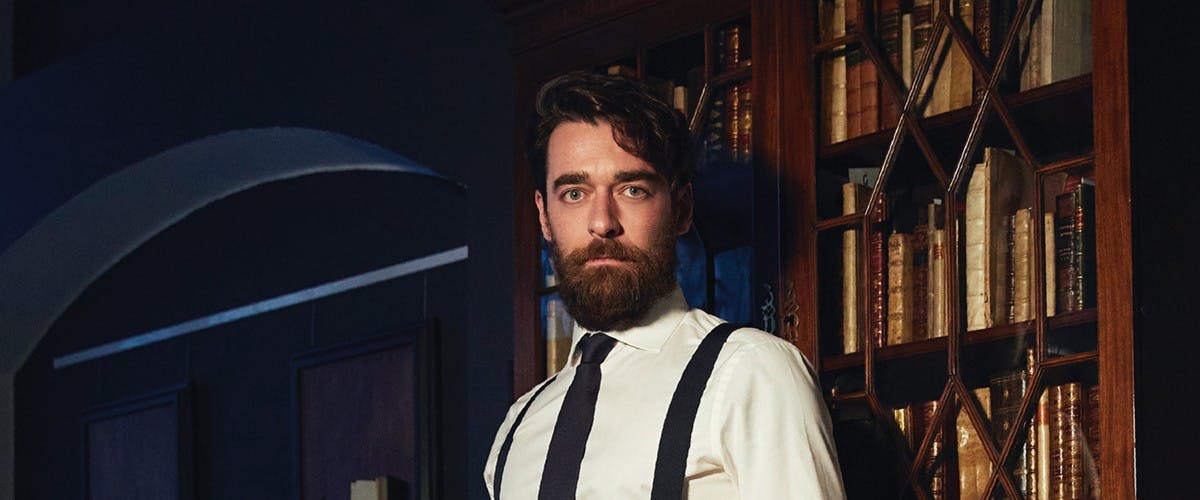
Known for giving new voice to ancient books through social media—with over 200,000 followers and millions of views—Luca Cena doesn’t just “narrate” the past: he makes it alive, relevant, necessary. He does this also through Whitelands, his editorial project that connects the long timeline of culture with contemporary languages.
This very approach makes his outlook resonate with the vision of Teddy. Because at the heart of the story that follows—dedicated to the Hypnerotomachia Poliphili, a masterpiece of dream and humanist rebirth—is a message that speaks to us as well. Like Teddy, which looks to the past to inspire the present and future, this book too is rooted in tradition in order to build new and shared visions that begin with an individual perspective and grow into a collective cultural heritage.
In the Renaissance, the dream was not an escape, but a discovery. It was the space where man—rediscovered as the center of knowledge and beauty—embarked on a symbolic journey toward truth, guided by the light of knowledge and love. This is the same idea of the dream that inspired Vittorio Tadei: to imagine a business centered on the human being, one that begins with lofty visions in order to build a more human and shared present. A business where work is not only about productivity, but about meaning, relationships, and growth—values that Teddy today concretely expresses through a corporate culture based on belonging and personal entrepreneurship. Like Poliphilo, Teddy too is pursuing a goal that is not only material but existential.


This text, then, is more than a literary exploration: it is an invitation to dream big, to rediscover the value of beauty, love, and knowledge as tools for collective transformation. A dream that, like Vittorio Tadei’s, originates from an ancient idea and projects itself powerfully into our time. In the company, this projection takes the form of a vibrant professional community in which each person can feel part of a shared yet unique journey—a grand collective voyage.
Vittorio’s Dream and the Renaissance Dream: Humanity at the Center
One of the most powerful driving forces in both the individual and collective realms is the dream. The dream understood as entrepreneurial inspiration and the ability to imagine a better version of ourselves and the world around us—this was Tadei’s intuition. He aspired to build a company capable of evolving from its provincial roots with a vision that went beyond mere profit, creating value for the broader community. From this perspective, literary works characterized by a dreamlike narrative and dimension offer exceptional insights. Just like the Hypnerotomachia, the enterprise imagined by Vittorio stems from a vision that goes beyond what is evident, reaching toward what is possible—if only first imagined.

Literature has always drawn from the enigmatic and symbolic power of dreams. Since ancient times, some of the greatest writers have found in the inexhaustible dream world the inspiration to explore the depths of the human soul. Desires, hidden fears, and impossible ambitions have been expressed through powerful and evocative allegories. That fertile ground—halfway between reality and illusion—has enabled the creation of fantastic worlds, philosophical and moral investigations, and complex inner journeys reachable only through the narrative device of the dream.
This is how the Hypnerotomachia Poliphili was born—a masterpiece of linguistics and symbolism. It was printed in Venice in December 1499 by one of the most visionary printers of the Italian Renaissance, Aldus Manutius. The title is evocative in itself: composed from a Greek neologism that can be translated as “The Dream-Love Battle of Poliphilo” (hypnos/sleep, eros/love, mache/battle). The text is recognized as one of the earliest literary works entirely dedicated to the theme of dreams.
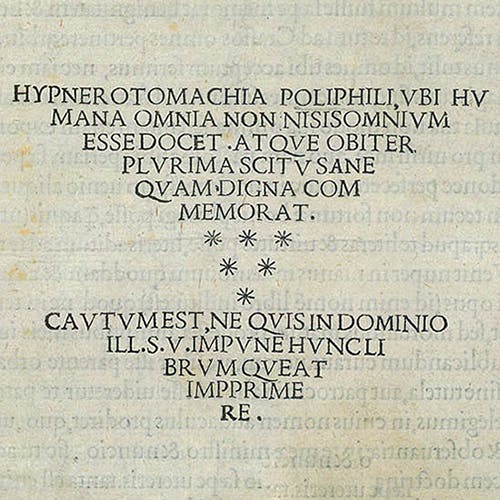
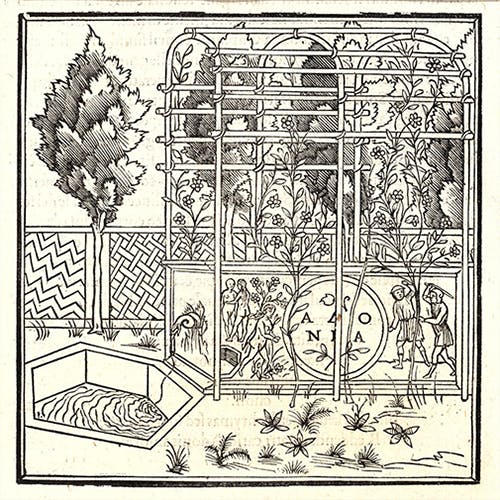
The work came to us anonymously, but with a playful clue: the acrostic formed by the first letters of the 38 chapters reveals, albeit cryptically, the author’s name and his deep love for the female protagonist: Poliam Frater Franciscus Columna Peramavit (Brother Francesco Colonna loved Polia very much).
Poliphilo embarks on a dream journey in search of his beloved Polia, passing through an allegorical path that in many ways echoes Dante’s structure and meaning in The Divine Comedy. This symbolic journey closely parallels the path of those at Teddy who embark on their own personal growth journey: like Poliphilo, those who work at Teddy face challenges and difficult moments which, if overcome, give deeper meaning to our everyday work.
Immersed in the intricacies of the dream, Poliphilo ventures through a fantastical world brought to life by detailed descriptions of ancient ruins, mysterious monuments, enigmatic buildings, hieroglyphics, gardens, and fountains of extraordinary beauty.

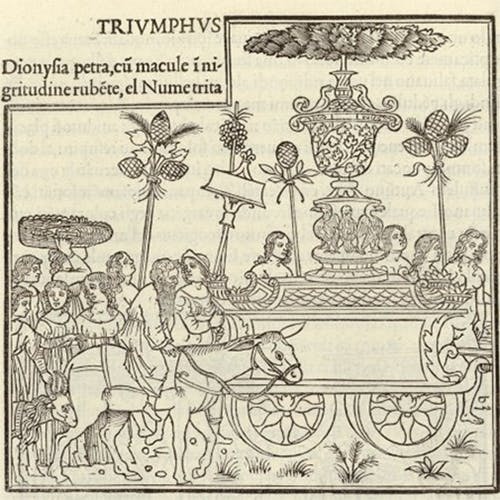
The prose is artificial, often enriched with Greek and Latin neologisms—an ingenious narrative strategy that immerses the reader in an atmosphere of suspension and wonder. The Hypnerotomachia also conveys this sense of wonder through its majestic visual design. With 170 woodcuts—some full-page—the illustrations are perfectly integrated with the text, enhancing the reading experience and delivering a fully immersive encounter. The coherence between images and words is so striking that some scholars believe they were created by Francesco Colonna himself, while others have suggested prestigious names such as Andrea Mantegna, Raphael, Bordone, and Giovanni Bellini. It is precisely due to the exceptional quality of the illustrations that the work is considered the most beautiful illustrated book of antiquity. At Teddy, too, coherence between vision and action, between stated values and daily practices, is essential. Corporate culture isn’t just “spoken”; it is lived, shown, and illustrated.
Poliphilo’s desperate search for Polia is not merely a fantasy tale but an initiatory journey leading man from darkness to light—light understood as knowledge (Virgilian, one might say). The confusion in a dark forest marks the beginning of the path, symbolizing the impurity of human life that impedes the ascent toward the soul’s purification. It is the invocation of the father of light, the supreme deity, that dissolves the darkness: “And behold, the gloom unravels and to the inner eyes appears a stream—but one cannot drink from it, being distracted by a distant song.” An image that deeply resonates with Vittorio Tadei’s vision, who always conceived business as a place of both inner and economic growth. At Teddy, work is a means to reach the “light”: understood as personal and collective awareness, dignity, and belonging.
As the dream progresses, Poliphilo arrives at the ancient vision of nature, embodied by the goddess Venus, mother of all things, and her irresistible son, Love. Love and beauty thus become his guides, accompanying him and saving him from the distorted visions caused by the absence of the beloved and lost element—Polia.
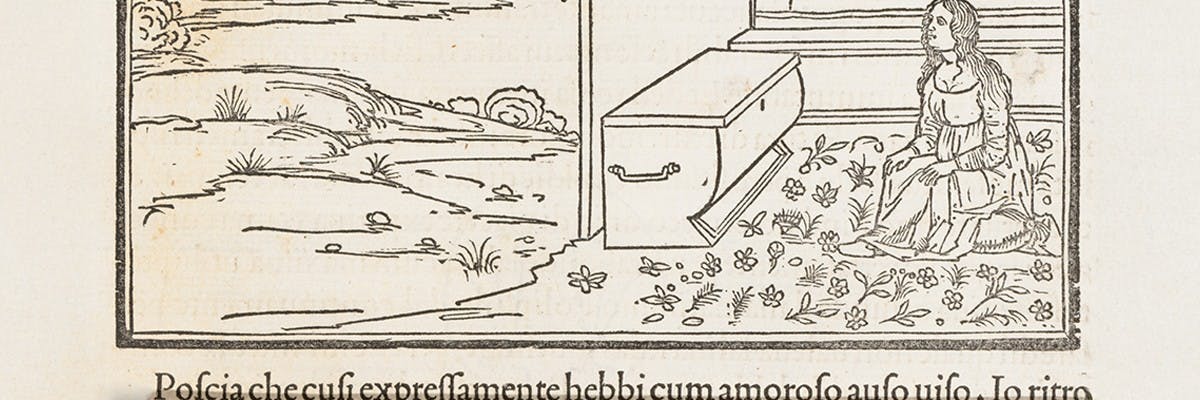
The protagonist draws us into the darkness with him, but the brightness gradually increases; the places he visits become increasingly meaningful as he approaches Venus’s realm. This progressive illumination represents the soul’s journey toward purification and knowledge, even as moments of confusion in the dark never completely abandon Poliphilo—an evident sign that the soul, during its journey, wanders and is tempted by the body and the material world, from which it must necessarily free itself to achieve the ultimate purpose of its effort.
Dream, then, as the stage of the inner struggle between spiritual aspirations and earthly temptations, between the purity of true love and the illusions of material attachments. Sleep itself is described as the place where the body draws near to the soul, almost touching it in a parallel universe suspended between reality and imagination—between what we are and what we long to be.
With Poliphilo’s awakening, this extraordinary story ends—and a sigh of farewell to the dreamed beloved informs the reader of an answer the author does not presume to give. Human redemption seems to require the disappearance of desire, but what kind of human being would be one without desire?
The Hypnerotomachia Poliphili reaches us as a multifaceted, vibrant, and fascinating work that, through dreams, explores universal themes such as love, longing, the quest for knowledge, and the complex relationship between body and soul. A continuous search for self and for the meaning of our lives, which—perhaps thanks precisely to dreams—finds ways to channel its inspiration toward and for a better future. This is the great legacy of Vittorio’s dream: a company unafraid to question what it truly means to “build the future” together, and that recognizes in the dream—even the most visionary one—one of its most tangible roots.